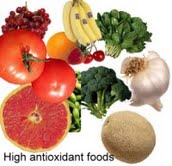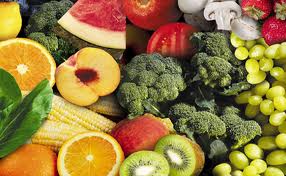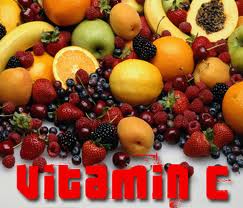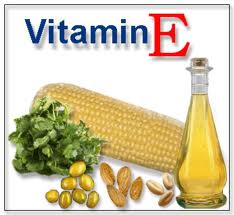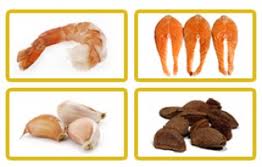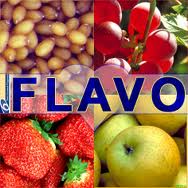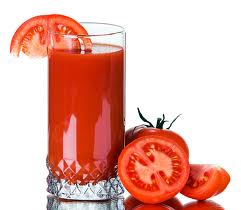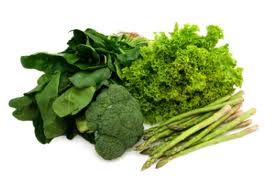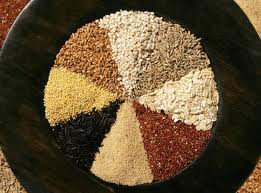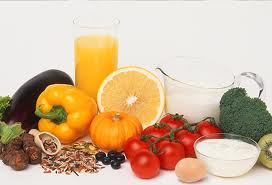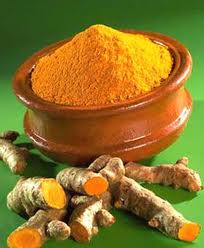Antioxidant rich foods
As seen earlier the role of antioxidants is to neutralize, or “stop,” free radicals from doing damage to your body.
Lets have a look at the different types of antioxidant available and the benefits they offer:-
Types of Antioxidants
Antioxidant Nutrients
Antioxidants from our diet appear to be of great importance in controlling damage by free radicals. Each nutrient is unique in terms of its structure and antioxidant function.
Vitamin A and Carotenoids
Beta-carotene is also especially excellent at scavenging free radicals in low oxygen concentration.
It scavenges free radicals that are in an aqueous (watery) environment, such as inside your cells. Vitamin C works synergistically with vitamin E to quench free radicals. Vitamin C also regenerates the reduced (stable) form of vitamin E.
Selenium
It is a mineral that we need to consume in only very small quantities, but without which we could not survive. It forms the active site of several antioxidant enzymes including glutathione peroxidase.
Similar to selenium, the minerals manganese and zinc are trace elements that form an essential part of various antioxidant enzymes.
Some common phytochemicals
Phytochemicals are nonessential nutrients, meaning that they are not required by the human body for sustaining life, but are non-nutritive plant chemicals that have protective or disease preventive properties.
Some of the well-known phytochemicals are:
Lignan are a group of chemical compounds found in plants. Lignans are one of the major classes of phytoestrogens, which are estrogen-like chemicals.
Vitamin-like Antioxidants
Coenzyme Q10 or ubiquinone, which is essential to energy production and can also protect the body from destructive free radicals.
Avocado, asparagus, broccoli, garlic, raw eggs, spinach
tomatoes, also curcumin (turmeric) and even fresh unprocessed meats.
Antioxidant enzymes made by the body
The antioxidant enzymes serve as your primary line of defense in destroying free radicals. Together, they repair oxidized DNA, degrade oxidized protein, and destroy oxidized lipids (fat-like substances that are a constituent of cell membranes)
- superoxide dismutase (SOD)
- catalase
- glutathione peroxidase







